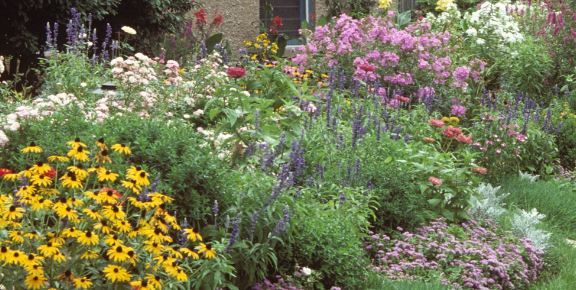Native plants are a fantastic addition to any landscape. Not only do they add beauty and diversity, but they also provide numerous benefits to the environment. Native plants are adapted to the local climate and soil conditions, making them more resilient and requiring less maintenance. In this blog post, we will explore some tips for incorporating native plants into your landscaping.
Why should you choose native plants?
Native plants have evolved over time to thrive in specific regions, making them well-suited to the local environment. By choosing native plants for your landscaping, you can:
- Support local ecosystems: Native plants provide food and habitat for local wildlife, including birds, butterflies, and bees.
- Conserve water: Native plants are adapted to local rainfall patterns and require less watering once established.
- Reduce maintenance: Native plants are generally low-maintenance, as they are already adapted to the local climate and soil conditions.
- Promote biodiversity: By planting native species, you can help preserve the unique plant diversity of your region.
Choosing the right native plants
When selecting native plants for your landscape, consider the following:
- Local nurseries: Visit local nurseries that specialize in native plants. They can provide expert advice on suitable species for your area.
- Native plant societies: Join local native plant societies or attend native plant sales to discover a wide variety of native species.
- Research: Look for native plants that are well-suited to your specific soil type, sun exposure, and moisture levels.
Designing with native plants
Native plants can be incorporated into your landscape in various ways:
- Grouping: Plant native species in clusters or groups to create a more natural look and attract pollinators.
- Layering: Use a combination of groundcovers, shrubs, and trees to create a diverse and visually appealing landscape.
- Seasonal interest: Choose native plants that offer different colors, textures, and bloom times throughout the year to create visual interest.
- Consider maintenance: Select native plants that fit your desired level of maintenance. Some species may require more pruning or care than others.
Establishing and maintaining native plants
Proper establishment and maintenance are crucial for the success of native plants:
- Watering: Water newly planted native plants regularly until they are established. After that, they generally require less watering.
- Mulching: Apply a layer of mulch around native plants to conserve moisture, suppress weeds, and regulate soil temperature.
- Pruning: Prune native plants as needed to maintain their shape and remove any dead or diseased branches.
- Monitoring: Keep an eye out for pests or diseases and take appropriate action if necessary.
By incorporating native plants into your landscaping, you can create a beautiful and sustainable outdoor space that benefits both you and the environment. Take the time to research and select the right native species for your area and enjoy the many rewards that come with a native plant landscape.

Leave a comment